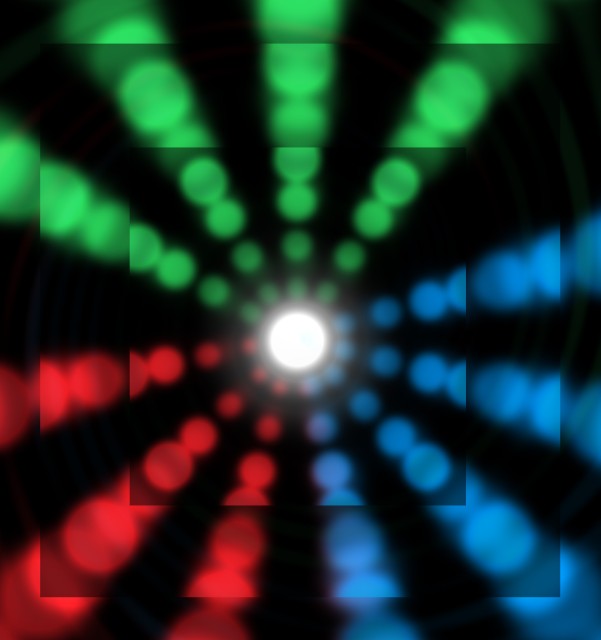In research published in the current issue of the scientific journal Nano Letters, the team reports on the first successful demonstration of electroluminescence from an all-inorganic, nanocrystal-based architecture where semiconductor nanocrystals are incorporated into a p-n junction formed from semiconducting GaN injection layers. The new LEDs utilize a novel type of color-selectable nanoemitters, colloidal quantum dots, and makes use of emerging GaN manufacturing technologies.
According to Klimov, who leads the nanocrystal-LED research effort, "numerous technologies could benefit from energy efficient, color-selectable solid-state lighting sources ranging from automotive and aircraft instrument displays to traffic signals and computer displays. Semiconductor nanocrystals, known also as quantum dots, are attractive nanoscale light emitters that combine size-controlled emission colors and high emission efficiencies with chemical flexibility and excellent photostability. The use of nanocrystals in light-emitting technologies has, however, always been hindered by the difficulty of making direct electrical connections to the nanocrystals. By putting the quantum dots between GaN injection layers, we've gotten around this difficulty."
The secret to making the electrical connection to the quantum dots is the use of a technique developed at Los Alamos by Mark Hoffbauer and his team that utilizes a beam of energetic, neutral nitrogen atoms for growing GaN films. The technique, called ENABLE (for Energetic Neutral Atom Beam Lithography/Epitaxy), allows for the low-temperature encapsulation of nanocrystals in semiconducting GaN without adversely affecting their luminescence properties. By encapsulating one nanocrystal layer or two layers of nanocrystals of different sizes, the researchers have demonstrated that their LEDs can emit light of either a single color or two different colors. The two color-operation regime is an important step toward creating devices that produce white light.
The development of the multicolor LEDs is the result of a collaboration between two Laboratory research groups: Klimov's quantum-dot team and Hoffbauer's team developing advanced nanoscale processing technologies. Laboratory researchers critical to the project's success also include Alexander Mueller, Melissa Petruska, Marc Achermann, Donald Werder, and Elshan Akhadov. Daniel Koleske of Sandia National Laboratories provided the GaN substrates used for the LED structures.
The Los Alamos Laboratory-Directed Research and Development (LDRD) program provided funding for the Los Alamos work as an Exploratory Research (ER) project. The research fits into a broader area of expertise that Los Alamos National Laboratory maintains in the field of nanotechnology in general, and quantum dot research in particular.
Los Alamos National Laboratory, a multidisciplinary research institution engaged in strategic science on behalf of national security, is operated by Los Alamos National Security, LLC, a team composed of Bechtel National, the University of California, The Babcock & Wilcox Company, and the Washington Division of URS for the Department of Energy's National Nuclear Security Administration.
Los Alamos enhances national security by ensuring the safety and reliability of the U.S. nuclear stockpile, developing technologies to reduce threats from weapons of mass destruction, and solving problems related to energy, environment, infrastructure, health, and global security concerns.

